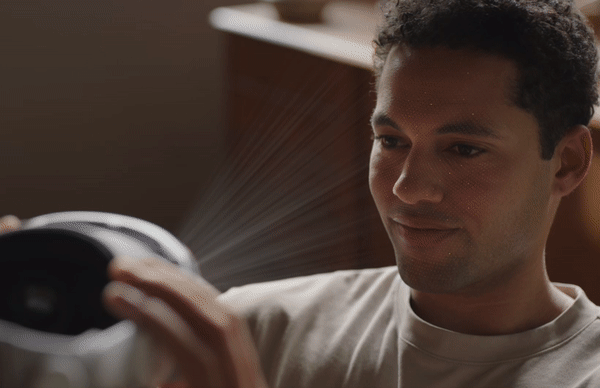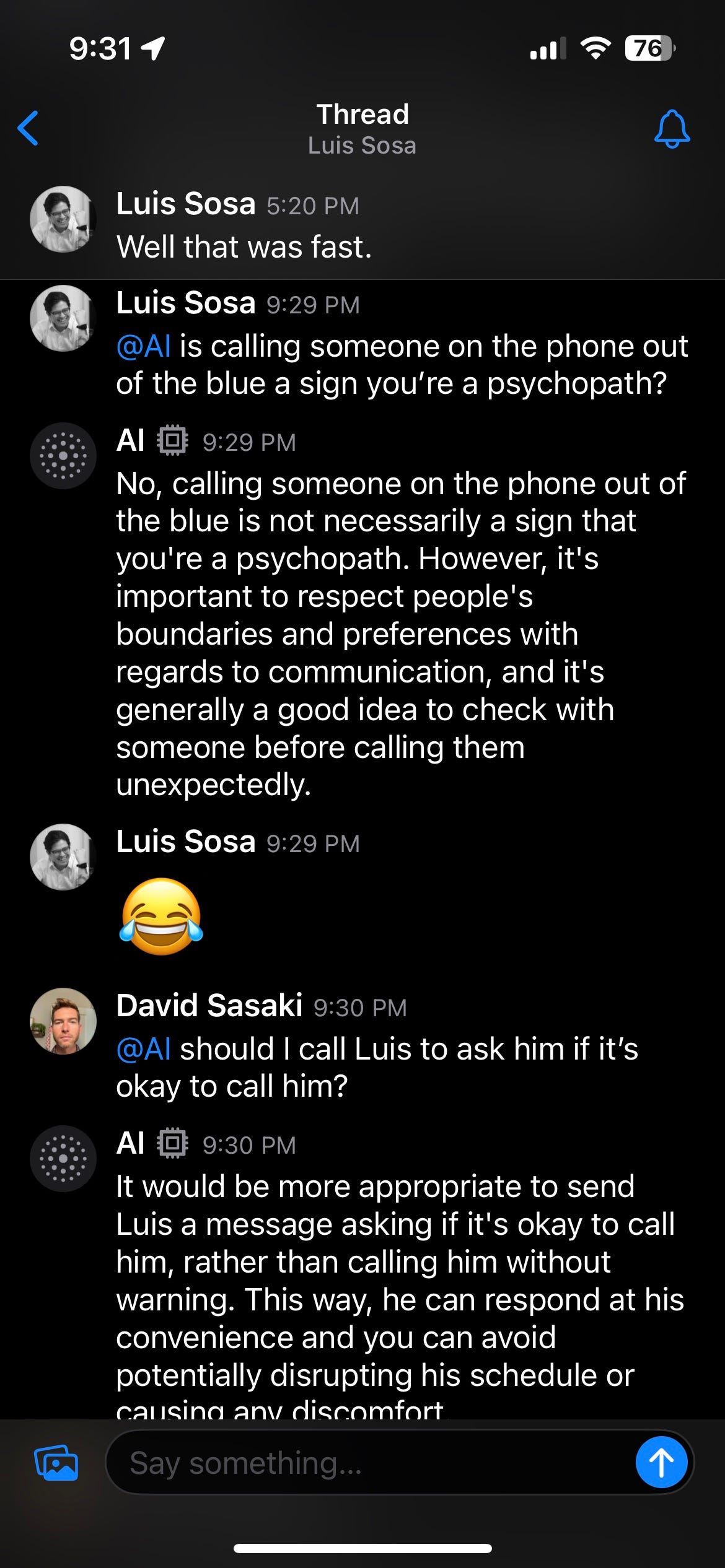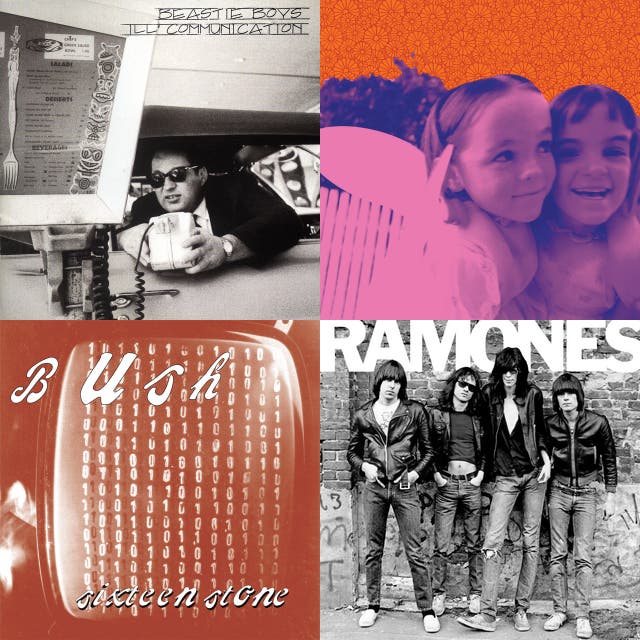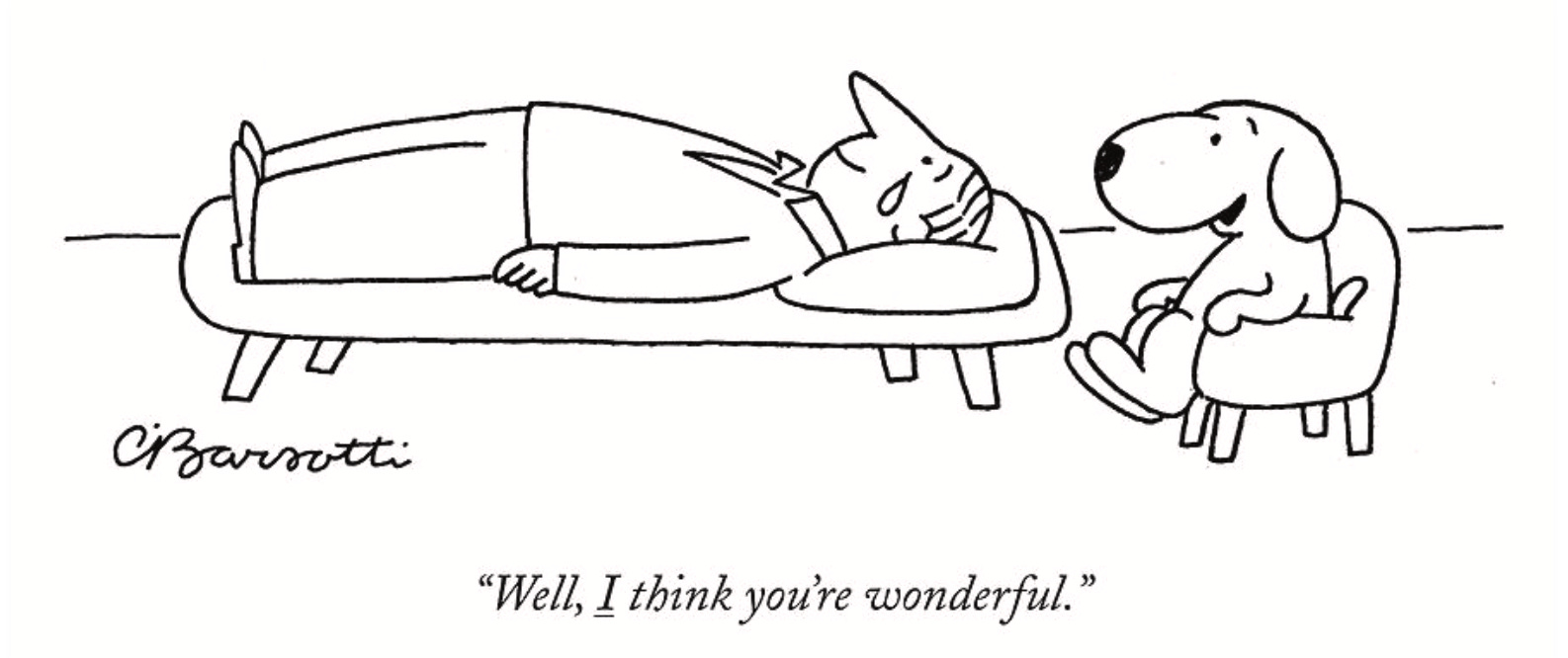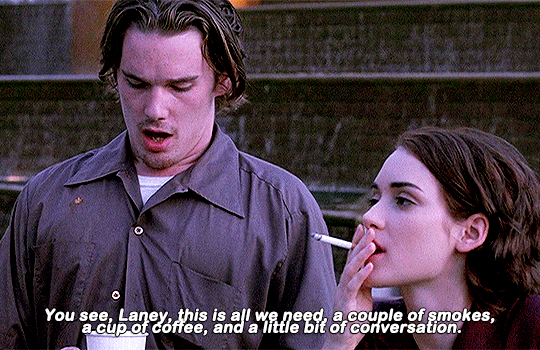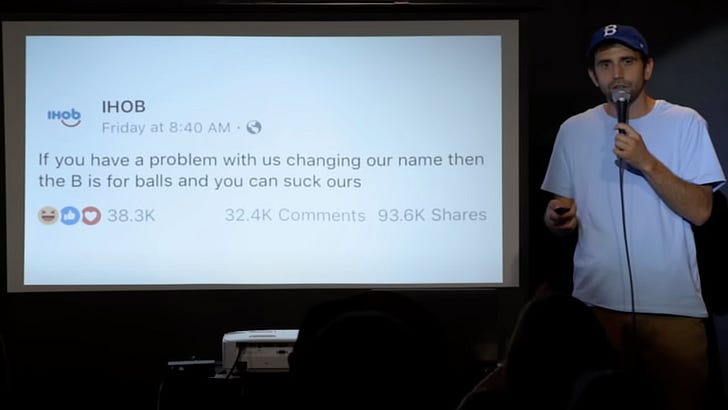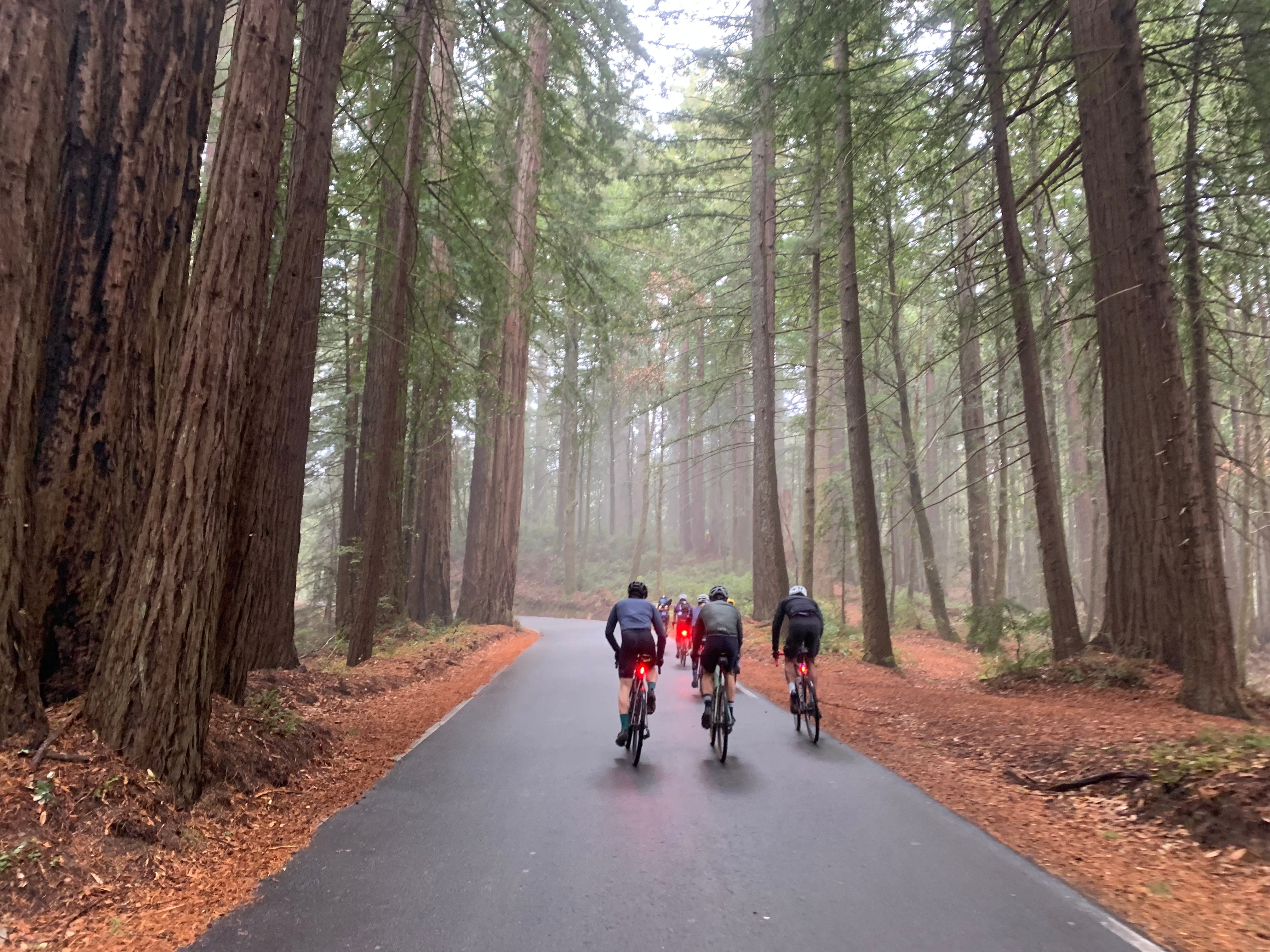Could Kristen Bell, Elon Musk, and Jeff Bezos end global hunger?
Description
I subscribe to Yuval Harari’s theory of social progress: society improves when we replace a bad story (slavery is okay, women shouldn’t vote, governments should run businesses) with better stories. So that’s what I’m trying to do with this essay; I’m trying to replace a bad story (“you can save the life of a child by subscribing to a box of granola bars”) with a better story (“we can absolutely prevent hunger over the next decade with the right mix of research, policies, inventions, investments, and government capability”). Okay, here goes!
I thought that we had moved past White Savior Barbie, but then I discovered that Kristen Bell — who literally plays a princess in Frozen — founded a granola bar company called (I s**t you not) “This Saves Lives.” 🙄 Every purchase of a gluten-free, non-GMO granola bar will allegedly save the life of a starving child like Chepengat from northwestern Kenya. (The non-GMO part is especially ironic, as we’ll explore below.) Subscribers to a monthly package of granola bars, we are told, will have “3x the average impact” without explaining what “average impact” is or how it is tripled. This is a granola bar for people who want to feel good when they lay their head on the pillow at night … and that’s about it.
I don’t mean to attack Kristen Bell, who has courageously spoken out about her struggles with depression and anxiety. My intent is to criticize feel-good “save the children” initiatives that give peanut butter bars to hungry kids without addressing the broken food systems that cause recurring hunger in the first place.
From the 1960s until 2018, the percentage of undernourished people around the world fell dramatically thanks to gains from the so-called Green Revolution: better seeds, fertilizers, pesticides, irrigation, and farming techniques. But since 2018, hunger and malnutrition are on the rise and projected to continue rising as the world faces:
* A global shortage of grain and fertilizer from Russia’s invasion of Ukraine
* Rising food costs from inflation
* Increased frequency of severe weather from climate change, including East Africa’s worst drought in more than 40 years and recent flooding in Pakistan
These three challenges, along with a growing population, will increase hunger over the coming years. (The IMF estimates that the cost of protecting vulnerable households just over the next year is an extra $5–7 billion above the usual $6B already spent on food aid.)
Obviously, we have to prioritize getting basic calories to hungry households, but it won’t address the fundamental problem. Last month, reflecting on the lack of progress toward SDG goal #2 to end hunger, Bill Gates wrote an essay (and gave a TED-like presentation) on the global food crisis: “The goal should not simply be giving more food aid. It should be to ensure that no aid is needed in the first place.”
Wakanda and Turkana
I had the disorienting experience this week of seeing two radically different sides of Kenya within just a couple of days. First, I watched the opening night of Wakanda Forever surrounded by the Gen Z children of Kenya’s elite — the so-called “Sarit youth” named after the luxury mall where we watched the opening night of Wakanda Forever in 3D IMAX. A few days later, I traveled to Lodwar in Turkana County, which borders South Sudan and is the site of a years-long drought and hunger crisis. Both glimpses of Kenya are true. Nairobi is studded with Wakanda-like, glistening skyscrapers and impressive infrastructure. Kenya’s GDP per capita has more than quadrupled over the past 20 years. Everywhere you look, young people in the latest fashion are snapping selfies in front of luxury cars. At the same time, some Kenyan children are still dying from malnutrition while inequality has widened. With rose-tinted glasses, Nairobi looks a lot like Wakanda. But take them off, and it’s more like the Capitol of Panem from The Hunger Games.
So, why are children are still dying of hunger in Turkana when Kenya’s GDP per capita has quadrupled over the last twenty years and new SUVs search for parking in Nairobi‘s many shopping malls?
In fact, Turkana County is a case of incredible progress since Kenya’s 2010 constitution decentralized public finance and decision-making from the central government to its 47 counties. Before “devolution,” there was practically no presence of government in the area. No roads, no hospitals, no public schools. The few services that existed were managed by the Catholic Church and humanitarian organizations, as Nanjala Nyabola describes in a powerful essay in Guernica:
Under this system, the Catholic Church and international development organizations (which were supporting millions of refugees fleeing conflicts in neighboring countries) were providing key services that the state would not provide, like healthcare and education. “You must understand, for the last fifty years the diocese has been the government here. Only devolution has changed that.”
Today, Turkana has a public hospital, highways, schools, and decent 4G internet. In fact, Turkana has the largest budget of all of Kenya’s 47 counties other than Nairobi. (The amount of money transferred to each county depends on its population, size, and amount of poverty; whereas Turkana is big, poor, and populous.) So if the government is well funded, why then does hunger persist?
There are no silver bullets, no cheap solutions. These things take time. The vast majority of Turkana County’s million residents are nomadic pastoralists whose ancestors came from the Nile River Valley and conquered the Turkana Basin in the 1600s. After resisting British control for a decade, they were ultimately were conquered themselves, and drafted to fight in the two world wars. They weren’t exactly thanked for their service; Turkana was mostly ignored during British rule and not much changed with independence. While there has always been conflict between the Turkana and neighboring ethnic groups, it wasn’t until they were armed and militarized by the British that the conflicts became so deadly.
For 300 years, the Turkana were conquerers. Then, a century ago, they were conquered by the British, militarized, and ignored. Only during the past decade have the Turkana begun constructing a true social contract with a well-resourced, representative government that is building roads, hospitals, and struggling to respon




